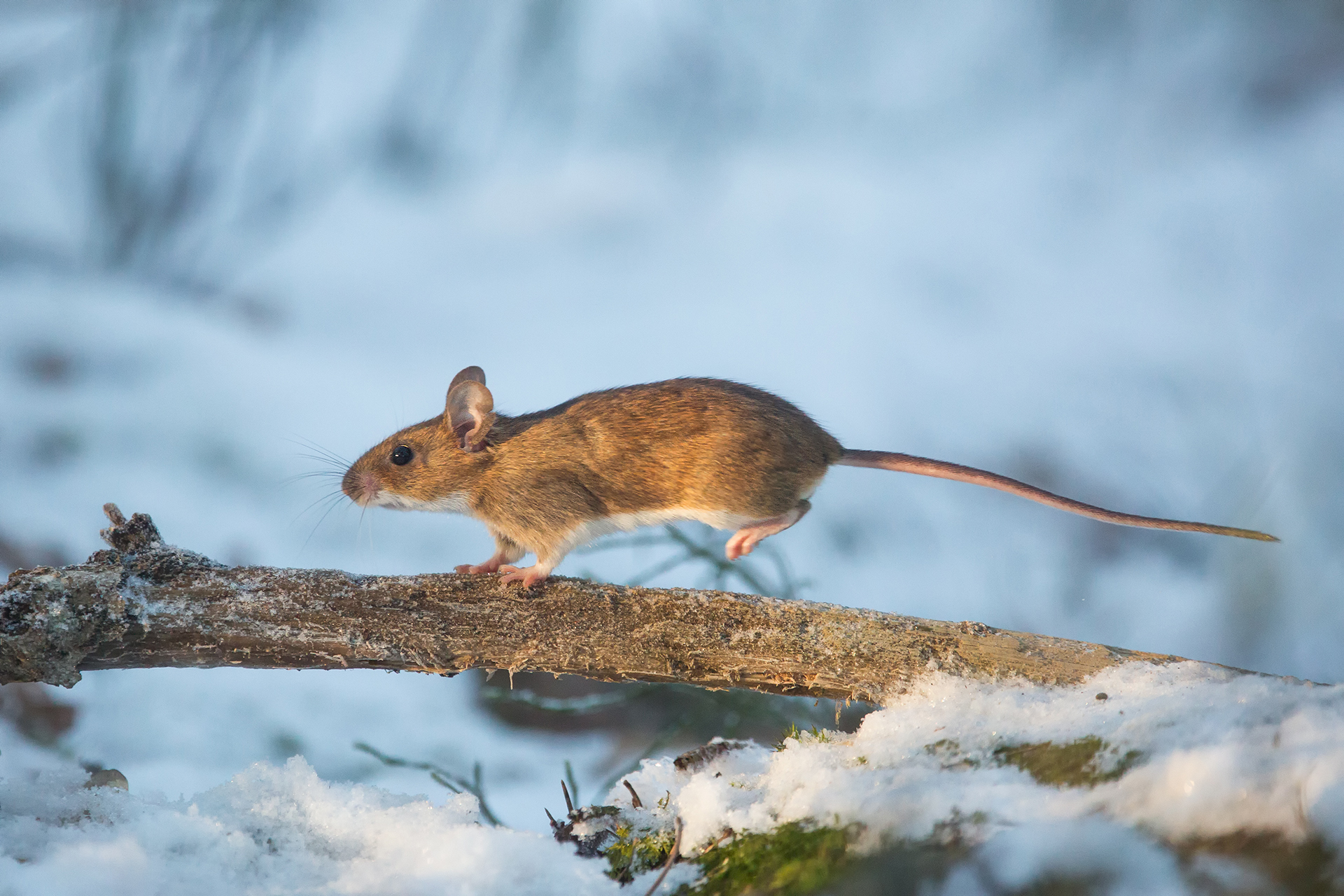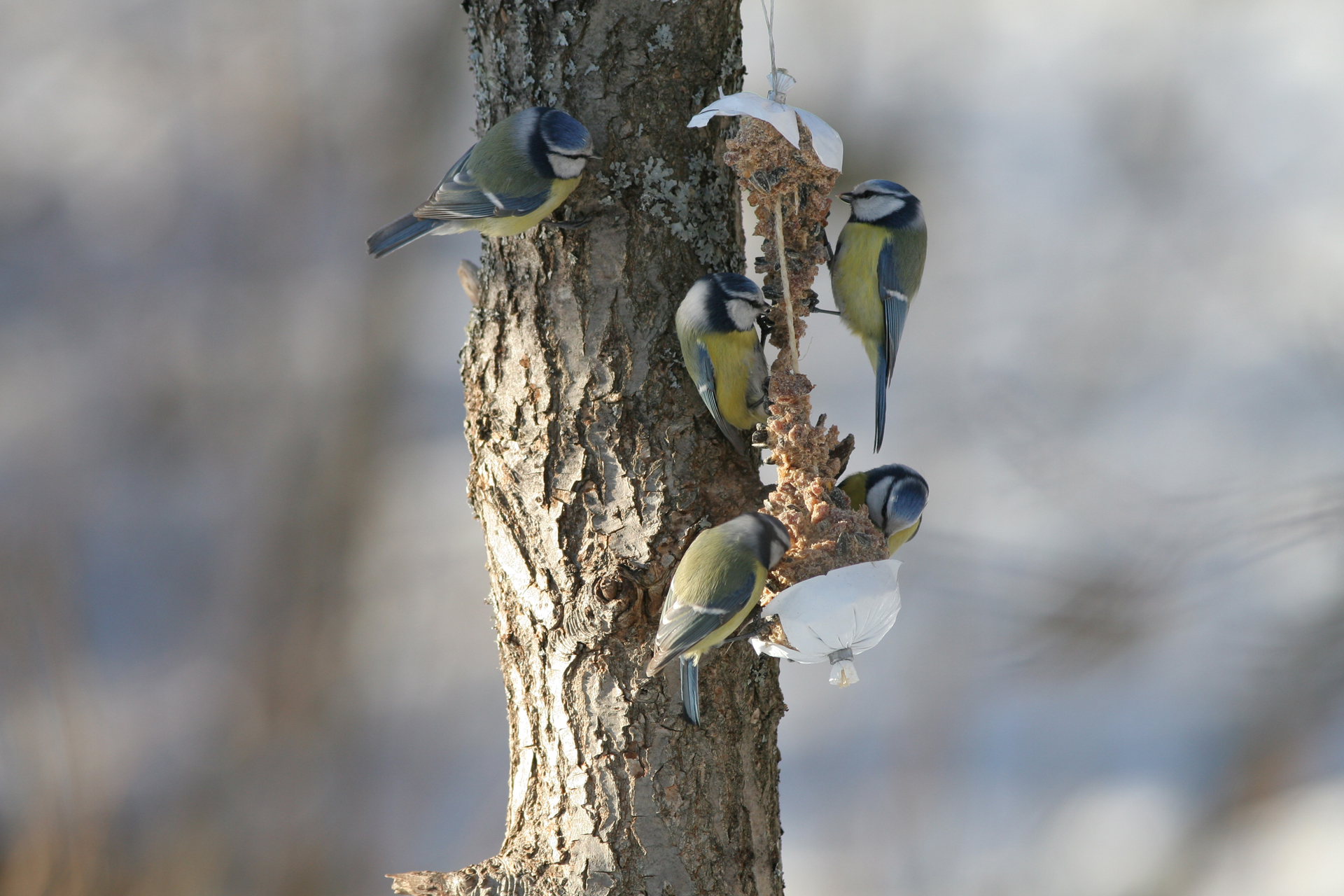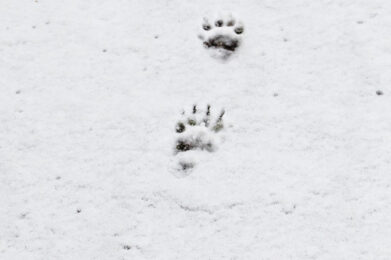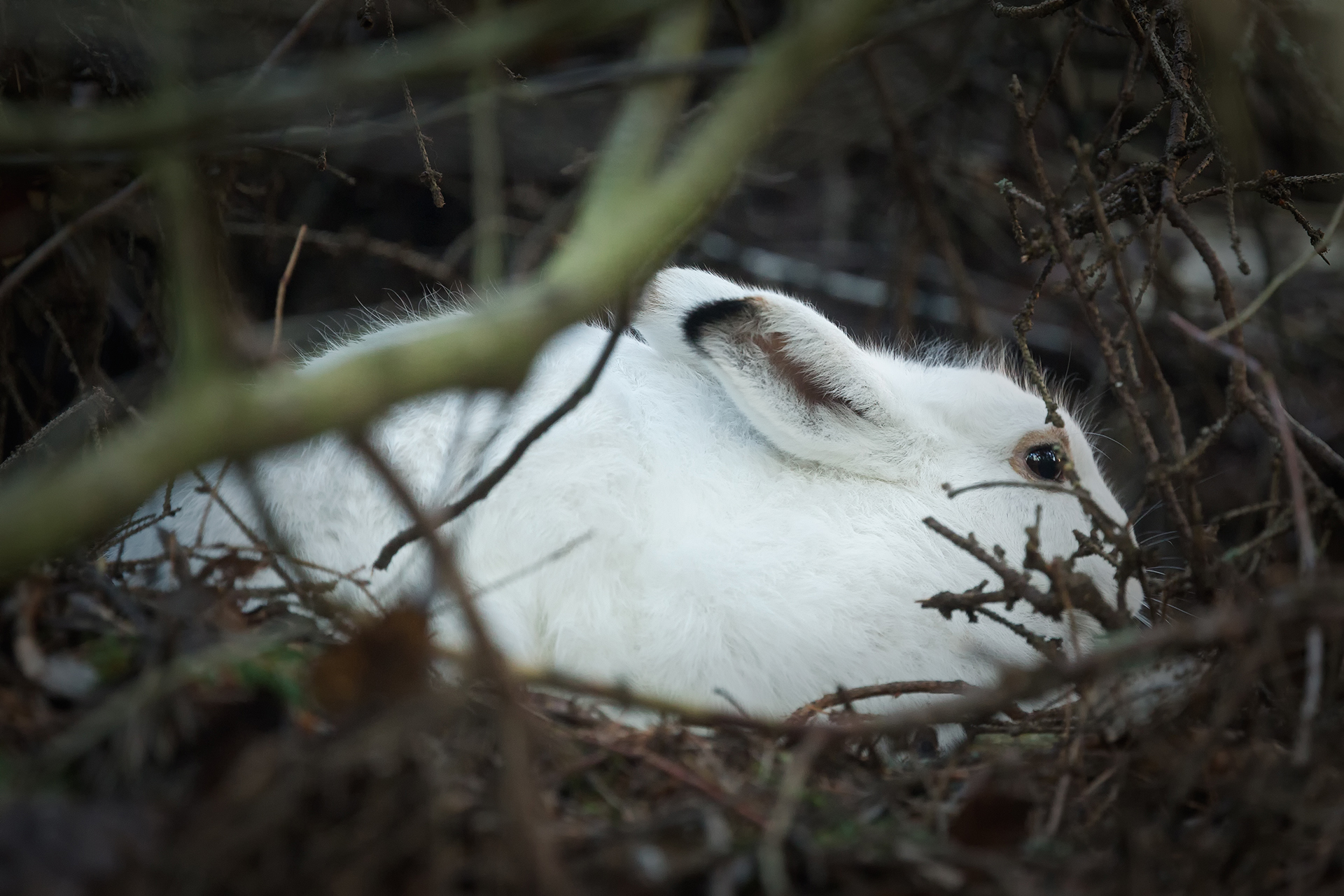It’s warmer under the snow
Soft, sub-zero snow contains plenty of air, which is effective in trapping heat. In the same way that a down jacket, woolly hat or industrial insulants trap heat, this layer of air acts as an insulator, keeping the temperature under the snow liveable even when the weather gets extremely cold. Additionally, snow also protects against wind; under thick snow, the air remains perfectly calm even in a storm.
Even in extremely cold weather, the temperature under the snow never falls more than a few degrees below zero. This allows reptiles to safely hibernate and plants to weather the cold under the snow. Small warm-blooded mammals also spend most of their winter in tunnels that they dig under the snow, only seldom going up to the surface, as evident by their tracks in the snow. Some birds have also learned to dive under the snow to sleep for the night.
When it comes to insulation, the best type of snow is soft, sub-zero snow, which can contain up to 90% air by volume. As such, climate change poses a serious threat to plants and animals that rely on snow to protect them during winter by also making winter weather increasingly unstable on Ruissalo. As a result, the insulating snow cover may end up melting in the middle of winter, turning into water that leaves the ground wet. When the temperature drops below zero again, the ground freezes over, leaving plants and animals to survive without snow cover.




